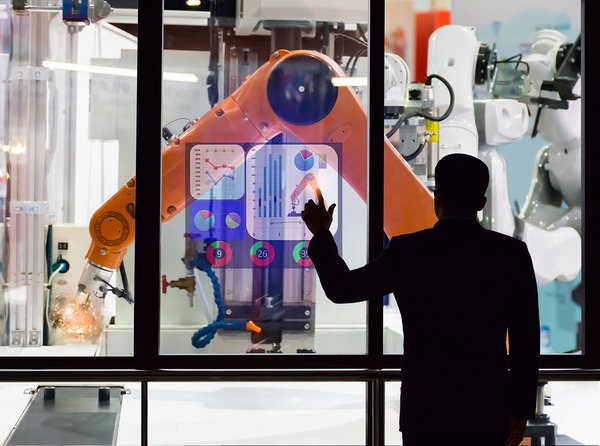The terms “innovation” and “disruption” are commonly used in today’s business world. Often, they’re treated as interchangeable, but they’re not the same thing.
Disruption is innovation, but not all innovation is disruption, just like all squares are technically rectangles, but not all rectangles are squares. It’s not even as simple as that, because sometimes innovations become disruptive after reaching a tipping point.
By knowing the difference between disruption and innovation, as well as where the two merge, you can get a better handle on innovation management within your organization and make sure your innovations accomplish what you want.
What Innovation Does
Innovation turns vision into reality. Maybe you envision a better way for your supply chain to coordinate, and so you develop innovations that make that happen. Innovation tends to take existing things and make them better. The results of innovation may be a stronger market share or an extended market. Another result of innovation might be measurable efficiency gains.
Innovation helps you take market share, or upgrade the experience of existing users. It may produce a new breakfast cereal flavor or a powerful smartphone that is affordable to the masses. It may take a work process that used to be handled manually and automated it.
What Disruption Does
Disruption creates new markets or fundamentally changes how you think of a product or service. For example, you used to think of home entertainment in terms of going to Blockbuster on a Friday night, but now you think of it as streaming a movie or TV series on Netflix. Disruption has elements of both destruction and creation.

Disruption zigs when everyone else zags.
Don’t think of disruption as an overnight phenomenon, however. Netflix competed with Blockbuster by sending DVDs to people by mail for years before becoming an online streaming juggernaut. Disruption creates new markets, typically at the level of the mass market, often changing the ordinary behavior of millions of people.
The following table, though not comprehensive, gives an overview of the differences between innovation and disruption.
| Innovation | Disruption | |
| Market effect | Extends existing market | Creates new market(s) |
| Point of origin | Often based on customer feedback | Often comes from outside (or seemingly out of left field) |
| Industry Effect | Can set new industry standard | Can leave industry leaders without a response |
| Role of logic, predictability | “Rational”, “Predictable” | “Irrational”, “Unpredictable” |
| Example | Smart TV | Airbnb |
Where Innovation and Disruption Merge
The term “disruptive innovation” was coined in 1995 by Clayton M. Christensen of Harvard Business School. Disruptive innovation is an innovation that creates a new value network and eventually disrupts an existing market. An example of disruptive innovation is the LCD televisions that replaced the older-generation cathode ray tube (CRT) televisions.
LCD screens started out in applications where image quality wasn’t that important, like in portable video games. Eventually, however, LCD image quality was good enough to displace CRT televisions, and advantages like lighter weight and lower (or zero) floor “footprint” made them dominant in the market.
Innovation is necessary to thrive in today’s marketplace. Innovation may produce products, services, or even ideas. It may or may not become disruptive. However, just because innovation is “logical” doesn’t mean it doesn’t require management. In fact, effective innovation management is the key to innovating effectively and reaping its benefits.
Launching an innovation program can be daunting, but outstanding innovation management from start to finish is within your reach with platforms like IdeaScale. We invite you to request a demo that helps you understand innovation better, plan using project templates, incentivize engagement and put best practices to work so that your innovation gets real and powerful results.

